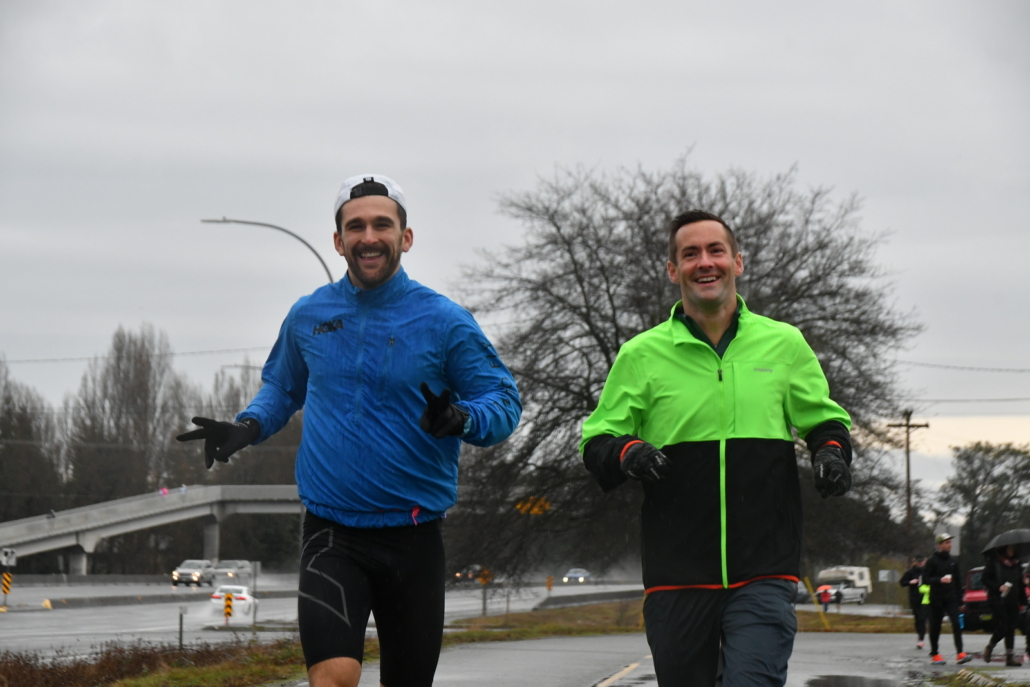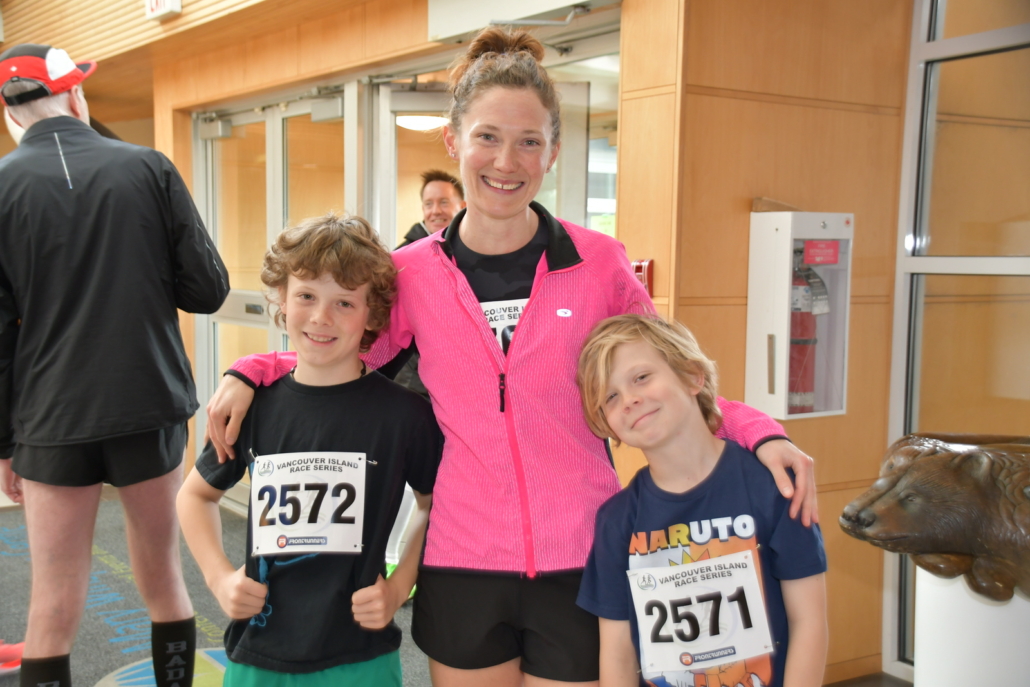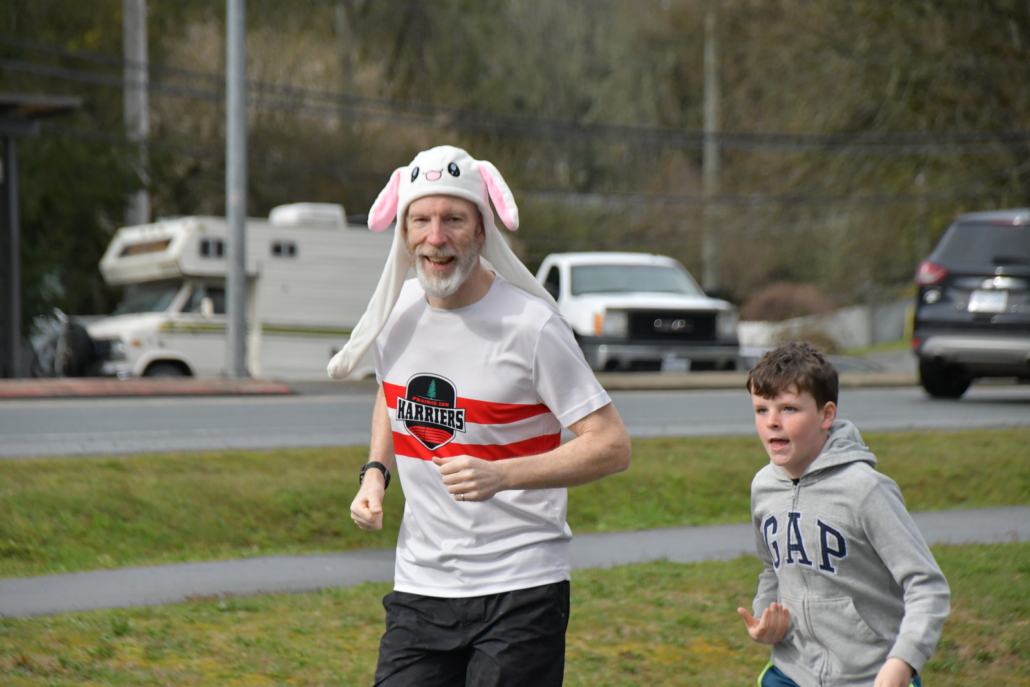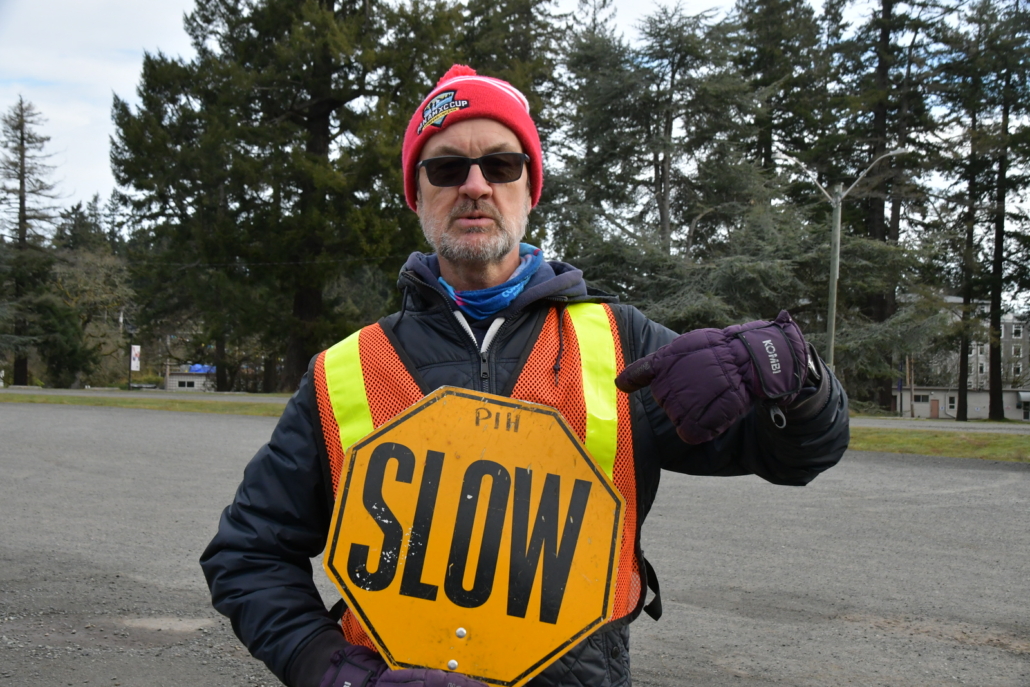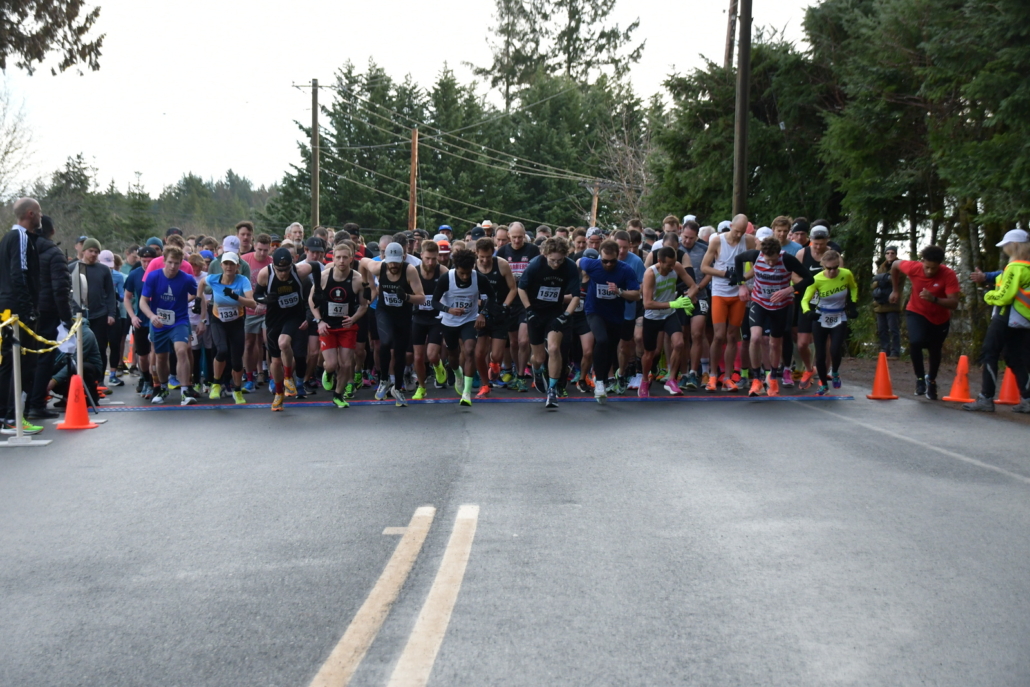Getting ready for the first race of the 2023 season, the Harriers Pioneer 8K
Lucy Smith
The 44th Annual Prairie Inn Harriers 8k is coming up on Sunday January 8th. Here are some things to think about this week as you prepare for this early-season event.
First off, let’s congratulate the Prairie Inn Harriers for their sheer longevity and resilience. The fact that you are participating in the 44th Annual anything, should give you goosebumps and motivation right there. This outstanding event has been a local staple on the road race calendar since the first running boom. I add it to my calendar every year, to kick-start my season. The course has always been fast, the race is super friendly and well run, and it’s nice to hang out with your run pals again after the Christmas Season.
Running well is about embracing what you can control and letting go of what you can’t. In other words, put energy towards the things you have the power over – like your ability to organize yourself before the race, and don’t let the stuff you can’t control bother you, such as the weather. It’s January on the lower island: it might be 12 degrees and sunny, or it might be snowing. There’s a good chance it might be quite windy, wet, and cold. You can’t do anything about the weather, so just be prepared with the right clothing to stay warm before, during, and after the race, and set your resolve to be tough out there if it’s a mucky day. As my childhood running friend once said: “Your skin doesn’t leak. Just go run.”
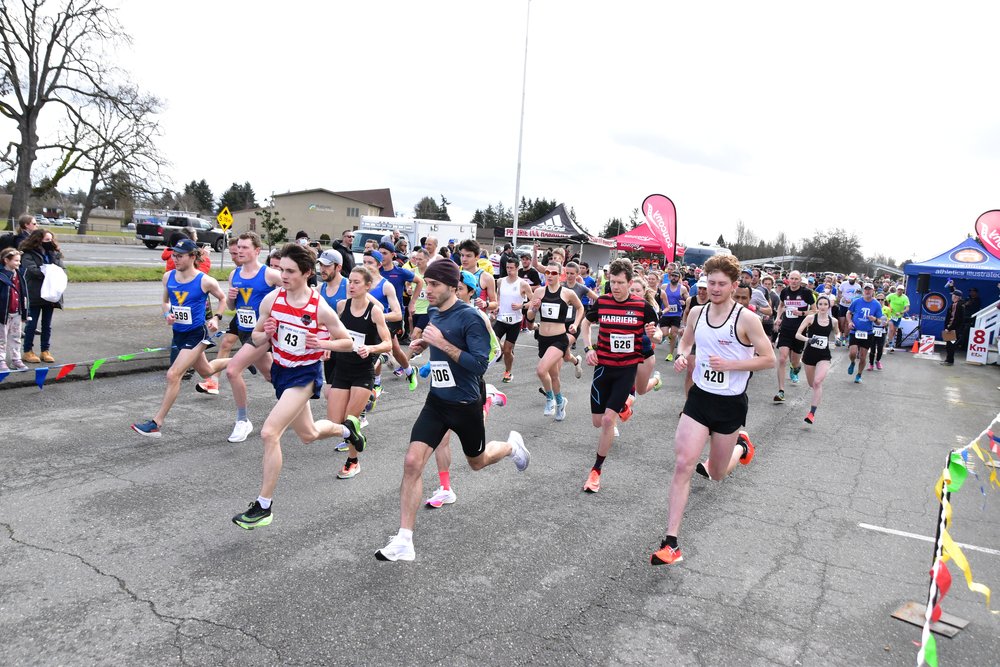
Weather aside, I suggest that you use the early season races and training as ways to practice good habits. If you get into the routine of practicing good habits – the ones that you know, bring you success on race day – it’s far easier to create repeated success. For those of you using this race as a stepping stone towards future spring PR goals, like the TC10K or the Vancouver Marathon, nailing down good habits in a lower stress environment is excellent practice for those races when the stakes are higher.
Here are 5 Good Habits you can start practicing now:
1. Eat just enough. You don’t need to overeat on race-day morning. With the high intensity of an 8k effort, any undigested food might cause cramps. Don’t run on an empty stomach, either, which can cause low energy and even light-headedness. Try a light meal of mostly carbs about one to two hours before the race. A bagel or toast with peanut butter should do the trick. Try different pre-race meals during training and stick to what works best on race day. Hit the food tables right after the race to replenish your energy for good recovery into the next block of training and the next race.
2. Warm up. Perform at least 15 minutes of easy running before the race. You’ll often see runners doing some quick 10-15 second strides, to prepare muscles for the quick start of the race. Give this a go, if you haven’t done strides before, and see how you feel at the start. Warm up right before the start of the race so your muscles don’t have time to cool down. You can hop up and down, skip on the spot, and do leg swings and arms swings if it’s a cold morning, while you wait for Bob to start the race.
3. Don’t go out too fast. It’s an endurance event and needs to be paced as such. If you start too fast for your fitness level, you’ll find yourself having to slow down significantly at halfway to recover. If you make the mistake of going out too fast, take that as good learning for the next race.
4. Break it up. Mentally, it can help effort and focus to divide the race into sections. If you can, look at the course before you race, or study the map online. The course is out and back along country roads with some slight rises and descents, which always feel harder at race effort. I run this course from corner to corner, as once you are on John Road right after the start, there are 4 corners to the 180 turnaround on Glamorgan. Once you turn back onto John Road you have a mile to go. See how strong you can be over those last few minutes of the race. Really zero in on what you can control – maintaining your pace and holding good form, even as you get tired.
5. Be tough. With speed comes discomfort. Embrace this “good” pain as a sign you’re reaching your athletic potential. As the discomfort grows, stay relaxed and focussed only on running. Remember how strong you are and that the pain just means you’re pushing yourself to your upper limits. And it will all be worth it.
You may or may not get it all right this first race, but do the best you can, and hone those skills for the next one at Cobble Hill. And please don’t forget to thank the volunteers that make it all possible!

